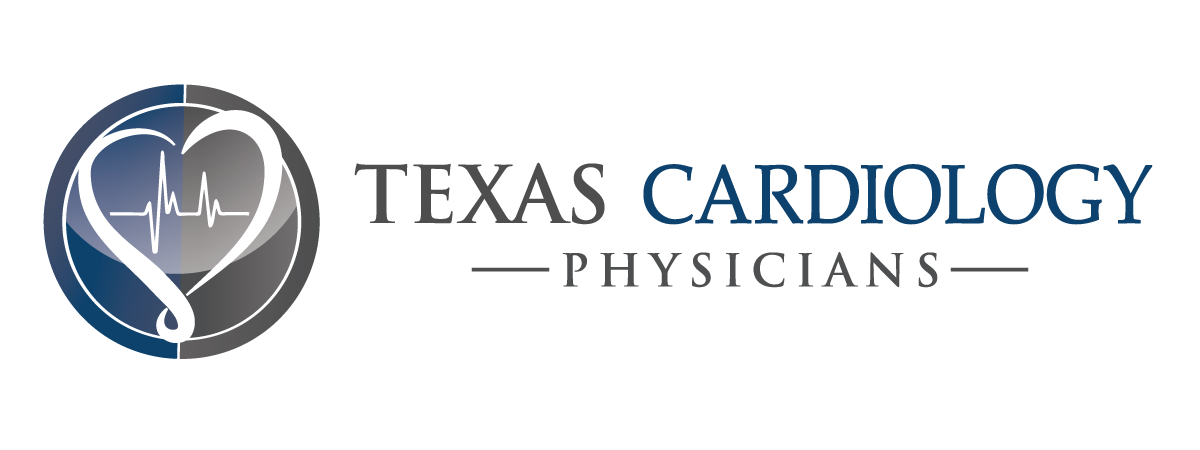
Holter Monitoring for Athletes: Unraveling Exercise-Induced Arrhythmias
For athletes, pushing the boundaries of physical performance is a way of life. The thrill of breaking personal records and achieving athletic milestones is unparalleled. However, intense physical activity can sometimes lead to unexpected challenges, including exercise-induced arrhythmias. Understanding and monitoring these heart rhythm irregularities is crucial, and Holter monitoring plays a significant role in uncovering the mysteries of arrhythmias in athletes.
What is Holter Monitoring?
Holter monitoring is a non-invasive procedure that involves wearing a portable device known as a Holter monitor, which continuously records your heart’s electrical activity over an extended period, typically 24 to 48 hours. It’s like having a miniature EKG machine strapped to your chest while you go about your daily activities.
The Mystery of Exercise-Induced Arrhythmias
Exercise-induced arrhythmias are irregular heart rhythms that occur during or after physical exertion. In athletes, these arrhythmias can range from harmless palpitations to more concerning conditions. While not all exercise-induced arrhythmias are problematic, some may warrant closer attention, especially if they cause symptoms like dizziness, chest pain, or fainting.
Holter Monitoring’s Role in Athlete Care
Identification of Irregularities: Holter monitoring is a valuable tool for capturing the heart’s electrical activity during exercise, allowing healthcare providers to identify and analyze any irregularities that may occur.
Determining the Cause: By reviewing Holter monitor data, medical professionals can determine whether an athlete’s arrhythmia is benign, a result of increased physical activity, or a potentially serious condition requiring further evaluation.
Customized Treatment: If an athlete’s exercise-induced arrhythmia is found to be concerning, Holter monitoring can guide the development of a tailored treatment plan. This might include lifestyle modifications, medication, or further cardiac evaluations.
What Athletes Can Do
If you’re an athlete concerned about exercise-induced arrhythmias, here are some steps you can take:
Stay Informed: Learn about the types of arrhythmias that can occur during exercise, and be aware of the symptoms.
Consult a Healthcare Professional: If you experience unusual symptoms during or after exercise, consult a healthcare provider with expertise in sports cardiology. They can determine if Holter monitoring or further tests are needed.
Stay Hydrated: Dehydration can exacerbate arrhythmias. Ensure you’re properly hydrated before, during, and after workouts.
Moderation: While pushing your limits is part of athletic achievement, be mindful of excessive exercise, as it can increase the risk of arrhythmias.
Holter monitoring is an invaluable tool in unraveling the mysteries of exercise-induced arrhythmias in athletes. By wearing this unobtrusive device, athletes and their healthcare providers can gain insights into heart rhythm irregularities that may occur during physical exertion. With this information, athletes can make informed decisions about their training and well-being, ensuring that their passion for sport remains a safe and fulfilling journey. Remember, the pursuit of excellence in athletics and heart health can go hand in hand with the right monitoring and guidance.



